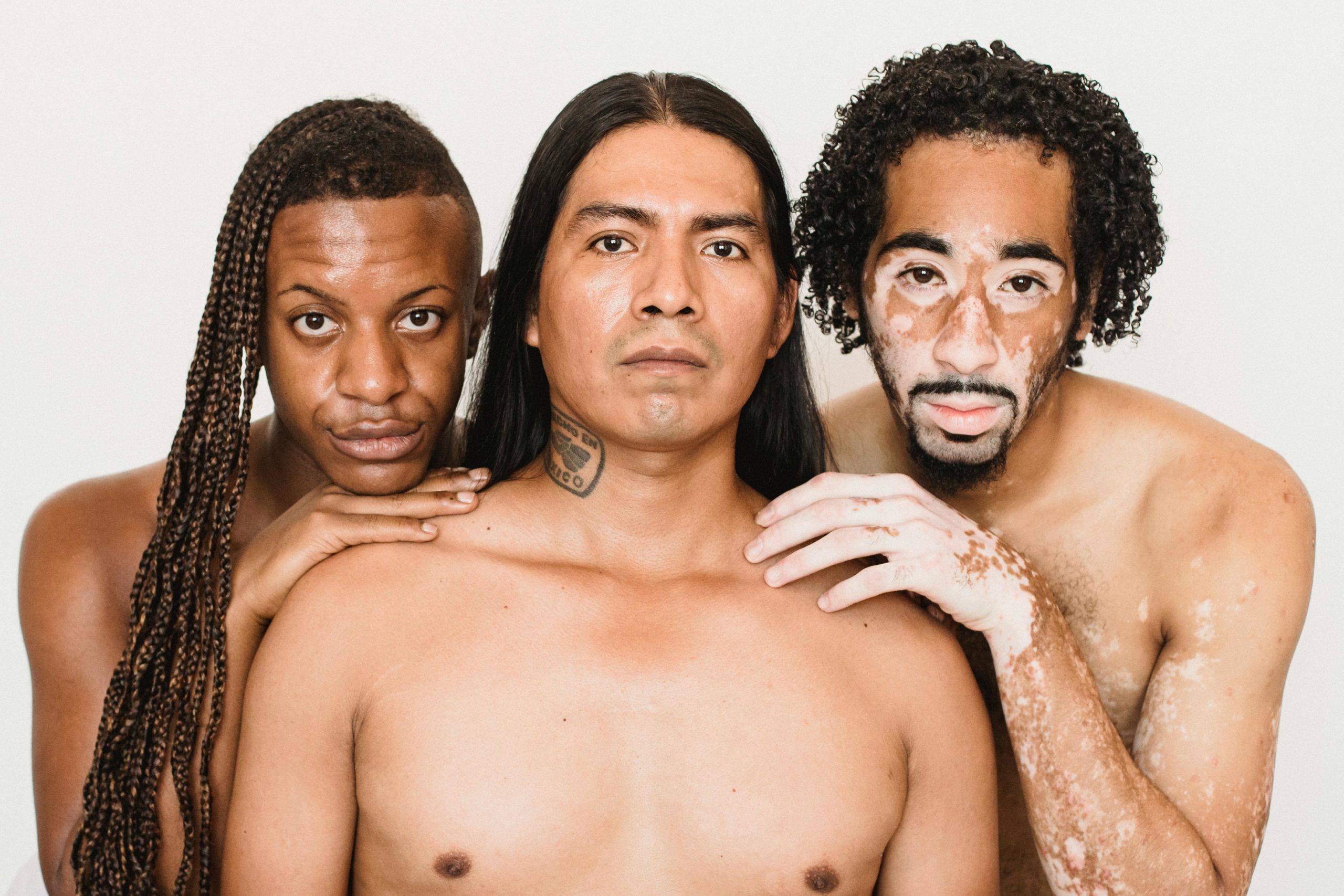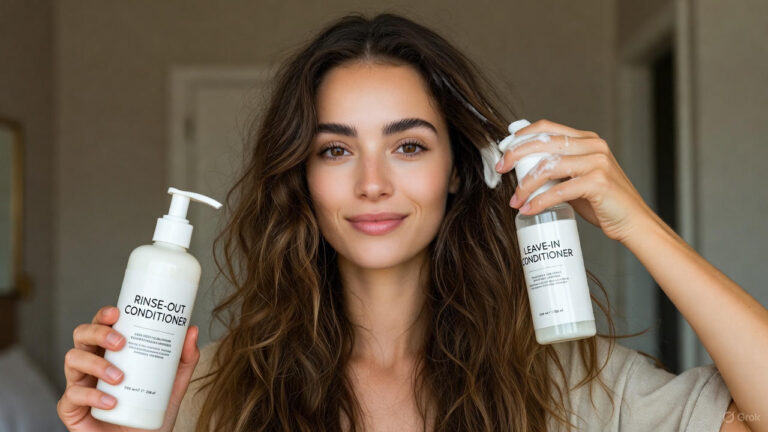Makeup is a powerful tool for self-expression and confidence-building, but traditional beauty tutorials often overlook the unique needs of individuals with disabilities.
From mobility limitations to sensory sensitivities, navigating the world of makeup can present unique challenges for people with disabilities. However, with the right techniques and products, everyone can enjoy the transformative power of makeup.
In this article, we’ll explore makeup tips specifically designed for individuals with different disabilities, offering practical advice and empowering strategies to help you unleash your inner beauty.
Makeup Tips for Individuals with Different Disabilities
1. Vision Impairment
For individuals with vision impairment, applying makeup can be daunting, but there are several adaptive techniques that can make the process easier. Consider using high-contrast makeup products with distinctive textures and packaging to help distinguish between different products.
Additionally, invest in makeup brushes with textured handles or braille labels to assist with identification. When applying makeup, use your sense of touch to guide you, focusing on tactile cues such as texture and temperature to achieve desired results.
2. Mobility Impairment
Mobility impairments can present challenges when applying makeup, but there are adaptive tools and techniques that can help make the process more manageable.
Opt for makeup products with easy-to-use packaging, such as twist-up lipsticks and cushion compact foundations, which require minimal dexterity to apply.
Invest in makeup brushes with ergonomic handles or consider using makeup sponges and applicators for a more accessible application process. Additionally, explore adaptive tools such as makeup brush holders and stabilizing devices to assist with steadying your hand and achieving precise application.
3. Sensory Sensitivities
For individuals with sensory sensitivities, the sensory experience of makeup application can be overwhelming. To accommodate sensory needs, opt for makeup products with lightweight, fragrance-free formulations that are gentle on the skin.
Choose makeup brushes with soft bristles and ergonomic handles for a more comfortable application experience. Consider applying makeup in a quiet, calming environment and take breaks as needed to avoid sensory overload. Experiment with different textures and techniques to find what works best for you and your unique sensory preferences.
4. Hearing Impairment
Hearing impairments can present communication barriers during makeup application, but there are strategies to overcome these challenges. When seeking makeup tutorials or advice, look for videos with closed captions or written instructions to ensure accessibility.
Consider using visual aids such as mirrors and diagrams to supplement verbal instructions and facilitate communication. If working with a makeup artist or assistant, establish clear communication methods, such as hand signals or written notes, to ensure effective collaboration and understanding.
5. Cognitive Disabilities
Cognitive disabilities can impact memory, attention, and executive functioning, making makeup application more challenging. To support individuals with cognitive disabilities, create a structured makeup routine with step-by-step instructions and visual cues to help facilitate understanding and retention.
Simplify your makeup collection by choosing multitasking products that serve multiple purposes, reducing decision-making and cognitive load. Consider using color-coded labels or pictures to help identify different makeup products and streamline the application process.
Conclusion
Makeup is a powerful form of self-expression and confidence-building, but it’s essential to recognize and address the unique needs of individuals with disabilities. By implementing adaptive techniques, exploring accessible products, and fostering a supportive environment, everyone can enjoy the transformative power of makeup. Whether you’re navigating vision impairment, mobility limitations, sensory sensitivities, hearing impairments, or cognitive disabilities, there are practical strategies and resources available to help you unleash your inner beauty with confidence and empowerment.
FAQs
Q1: Can individuals with vision impairment use makeup effectively?
Yes, individuals with vision impairment can use makeup effectively by utilizing adaptive techniques and tools, such as high-contrast products and tactile cues, to guide them during application.
Q2: Are there makeup products specifically designed for individuals with disabilities?
While there are not many makeup products specifically marketed for individuals with disabilities, there are adaptive tools and accessible packaging options available that can make makeup application easier and more manageable.
Q3: How can I find makeup tutorials that are accessible for individuals with hearing impairments?
Look for makeup tutorials with closed captions or written instructions to ensure accessibility for individuals with hearing impairments. Many content creators also provide transcripts or written summaries of their videos for accessibility purposes.
Q4: What are some makeup brands that offer fragrance-free and hypoallergenic products suitable for individuals with sensory sensitivities?
Several makeup brands offer fragrance-free and hypoallergenic products suitable for individuals with sensory sensitivities, including Clinique, bareMinerals, and Tarte Cosmetics. It’s essential to research product ingredients and reviews to ensure compatibility with specific sensitivities.
Q5: How can I make my makeup routine more accessible for individuals with cognitive disabilities?
To make your makeup routine more accessible for individuals with cognitive disabilities, create a structured routine with step-by-step instructions and visual cues. Simplify your makeup collection and utilize color-coded labels or pictures to help identify products and streamline the application process.



